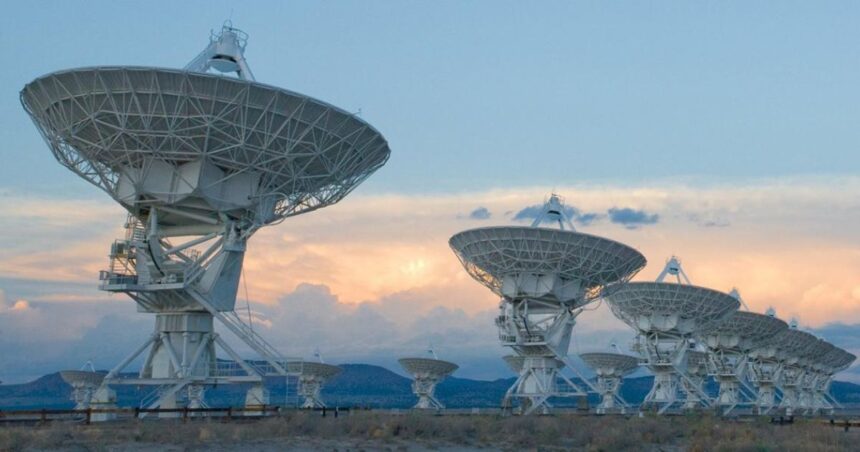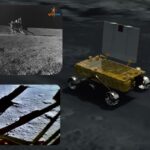The search for extraterrestrial life is heating up. Nathalie Cabrol, a leading astrobiologist at the SETI Institute, believes we are on the brink of a groundbreaking discovery. In a recent interview, she shared her excitement and insights about the quest to find life beyond Earth.
Cabrol, who is the director of the Carl Sagan Center for Research at SETI, has dedicated her career to answering two big questions: Are we alone in the universe? How did life on Earth begin? Her new book, “The Secret Life of the Universe,” explores these questions in depth.
The Journey to Find Extraterrestrial Life
Cabrol’s journey began with a fascination for the stars. As a child, she would gaze at the night sky, wondering if there was life out there. This curiosity led her to study astrobiology, a field that combines astronomy, biology, and geology to search for life beyond Earth.
At SETI, Cabrol and her team use advanced technology to scan the skies for signals from other civilizations. They also study extreme environments on Earth, like deep-sea vents and hot springs, to understand how life might survive on other planets.
Why We Are Close
Cabrol believes we are closer than ever to finding extraterrestrial life. Recent discoveries of exoplanets, planets that orbit stars outside our solar system, have fueled this optimism. Many of these exoplanets are in the “habitable zone,” where conditions might be right for life.
“We have found thousands of exoplanets,” Cabrol said. “Some of them have the right conditions for life. Finding evidence of life is really a matter of time.”
The Role of Technology
An essential component of the hunt for alien life is technology. Telescopes like the James Webb Space Telescope can detect the atmospheres of distant planets. They can look for signs of life, like oxygen and methane, which are produced by living organisms.
SETI also uses radio telescopes to listen for signals from intelligent civilizations. These telescopes can detect even faint signals from distant stars. Cabrol is hopeful that we will soon pick up a signal that proves we are not alone.
Challenges and Controversies
There are difficulties in the quest for alien life. The great distances required are one of the main obstacles. Even the nearest stars are light-years away, making it difficult to send probes or receive signals.
There are also controversies within the scientific community. Some scientists believe we should focus on finding microbial life on planets like Mars or moons like Europa. Others think we should search for intelligent civilizations by listening for radio signals.
Cabrol believes we should do both. “We need to explore all possibilities,” she said. “We can’t afford to miss any potential signs of life.”
The Impact of Finding Extraterrestrial Life
The implications for humanity if alien life is discovered would be enormous. It would answer one of the oldest questions: Are we alone in the universe? It would also raise new questions about our place in the cosmos and the nature of life itself.
Cabrol believes that finding extraterrestrial life would unite humanity. “It would be a moment of great joy and wonder,” she said. “It would remind us that we are all part of a larger universe.”
What’s Next?
The search for extraterrestrial life is ongoing. Cabrol and her team at SETI are constantly refining their techniques and exploring new possibilities. They are also collaborating with other scientists around the world to share data and insights.
Cabrol is optimistic about the future. “We are on the verge of a great discovery,” she said. “All we have to do is keep searching and asking questions.”




